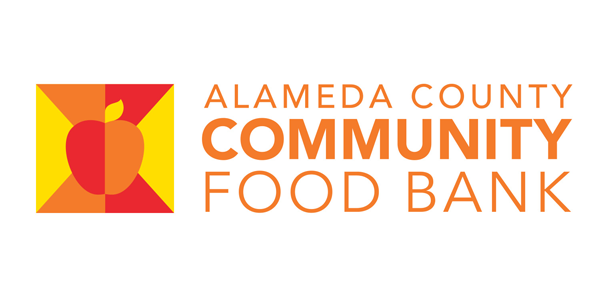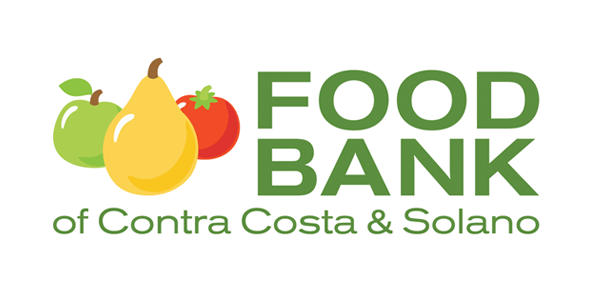With the federal government shutdown now reaching its one-month mark, funding for the USDA Supplemental Nutrition Assistance Program (SNAP) has effectively been suspended, exacerbating food insecurity issues for millions of children and families across the country.
Here in the East Bay, the rapid and widespread impacts of this development are being met with an expeditious and immediate response. On October 28, the Alameda County Board of Supervisors approved $10 million for local food banks and programs to support 175,000 residents at risk of losing food assistance during the government shutdown. California Governor Newsom is also fast-tracking upwards of $80 million in state support ahead of funding delays. While this state funding is critical, it was already appropriated for food banks and will not fill the federal funding gap in the long term.
More than a social safety net
SNAP – called CalFresh in California – is well-documented as a critical health and nutrition program for families, children, and communities in need. The program also plays an important role in the economy because of the efficiency and speed with which these funds are spent. The Center on Budget and Policy Priorities found that SNAP recipients “shop at over 250,000 local grocery stores and supermarkets, spurring new spending throughout local economies across the country.” These funds go back to the owners and proprietors of local businesses, suppliers, and employees, extending their circulation within local economies. The United States Department of Agriculture (USDA) acknowledged this in a 2019 report showing that every dollar in new SNAP benefits increases GDP by $1.50.
Local food banks stretch to fill gaps
Earlier this year, in acknowledgement of their importance to communities and families in our region, East Bay EDA recognized the Alameda County Community Food Bank and the Food Bank of Contra Costa & Solano as part of its 2025 East Bay Innovation Awards event. The innovative approaches and solutions that each of these organizations deploy are nothing short of remarkable, as they leverage the power of public and private funds to mobilize a network of organizational partners and thousands of volunteers to distribute millions of pounds of food to children and families across the East Bay region.
East Bay EDA had the opportunity to experience the operations of both of our region’s major food banks up close as we brought in groups of volunteers to work on the line, bagging and organizing food for distribution. A group of more than 30 East Bay EDA members and partners joined us at the Alameda County Community Food Bank back in July. You can read more about that visit here. We also organized a group to participate in a volunteer day at the Food Bank of Contra Costa’s Concord warehouse in early October, allowing people to see firsthand the impressive scale and scope of how our food banks are meeting urgent health and nutrition needs for our community’s most vulnerable residents.
While we might hear this often, our food banks need your support now more than ever. Whether it’s donating time, money, or advocating for resources to support essential safety net services, your contribution means the difference between hunger and an investment in our region’s continued and future economic resilience. Click on the links below to donate and learn more about our region’s outstanding food banks!




